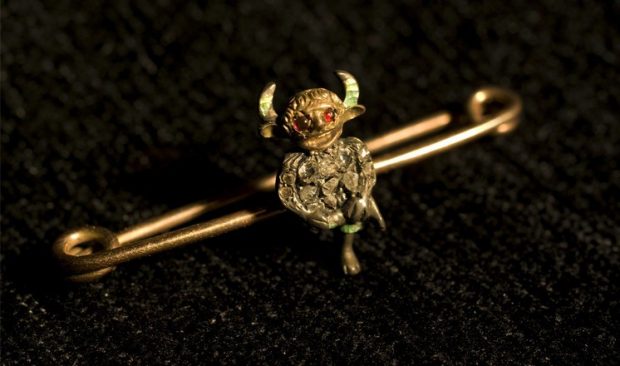
Lincolnshire County Council has recently announced plans to close Lincoln’s Usher Gallery, which opened in 1927. Proposed plans involve the building potentially being used to host weddings and coroner services in the future.
The majority of the art that is housed within the gallery is set to be moved into the nearby Collection Museum, with the original gallery building retaining only a few original pieces of art along with temporary exhibitions taking place every week.
These plans have been met with public opposition, with campaigns and petitions protesting against changes to the gallery reaching over 3,000 signatures.
However, why are the proposed plans causing such public outcry and how much importance does the Usher Gallery hold in Lincoln’s history and to the city as a whole?
The Usher Gallery has been part of Lincoln’s heritage since opening in 1927 with a ceremony featuring the Prince of Wales (the future Edward VIII) opening the gallery with a solid gold key. The Gallery is one of the few purpose-built galleries remaining in the UK and contains art dating back to the 16th century.
In order to discuss the importance of the gallery, the man behind the gallery needs to be discussed. The reason for the building’s existence is thanks to its James Ward Usher. Usher lived his entire life (1845-1921) living in Lincoln working as jeweller and watchmaker in his father’s shop. The James Usher and Son Jewellers shop has stood on Lincoln’s Guildhall Street has been in constant operation since being opened in 1837 by Ward Usher and his father James Usher Sr.

Ward Usher took over his father’s business in 1873 and became the first businessman in Lincoln to introduce electricity into his shop in 1886. This electricity came from his own generating plant.
One of the artefacts that is currently on display in the Usher Gallery is a diamond-encrusted brooch featuring the ‘Lincoln Imp’, an iconic part of Lincoln’s culture being a prominent part of the architecture of Lincoln Cathedral. The brooch was produced by James Ward Usher and for a period of time, he possessed the sole rights to produce material featuring the ‘Imp’. From this, he became known as ‘The Silversmith who makes and sells the Lincoln Imp’.

The reason that the Usher Gallery bears the name of James Ward Usher is due to something that Usher did on his deathbed.
While running a jewellery business, Usher was an avid collector. His collection included ceramics tracing back to the K’ang Hsi period of Chinese history, silver, decorative clocks and watches from the 17th century and a collection of Roman gold and silver coins.
Upon his death in 1921, Usher bequeathed his collection to the city of Lincoln along with £60,000, writing that it was his desire ‘to bequeath a considerable portion of my life’s work in art to Lincoln and I hope that it might form the nucleus of an art gallery and museum worthy of the city.’ Six years later, the Usher Gallery was opened in Lincoln’s Temple Gardens.
What does the Usher Gallery offer to the city of Lincoln as a whole that plans to close down the gallery building has caused such public outcry? The gallery is the only purpose-built public art gallery in the city of Lincoln. Closing the building is seen as a major loss by the city’s residents and potential plans to turn a Grade II listed building into a wedding centre is treated as an insult to Lincoln’s heritage.

Along with Usher’s wide collection, the gallery hosts landscape paintings by artists L.S. Lowry, J.M.W. Turner and Peter DeWint and work by 20th century artists Henry Moore and Terry Frost which feature Lincoln as their subject. Modern artists such as Grayson Perry have donated their own collections in recent years.
The gallery has given local artists the chance to have their materials showcased. Works by Usher himself alongside Joshua Shaw and Thomas Scott represent Lincoln’s clock making history.
The Usher Gallery has existed for 91 years and forms a key part of Lincoln’s architecture and the people of Lincoln are not open to any changes being made to such a tourist attraction and features both national and international works of art from local and notable artists. James Ward Usher wanted such a gallery to be built with the hope that he may have left Lincoln a ‘little better than I found it.’










